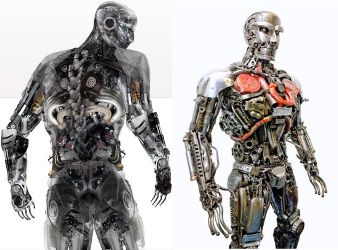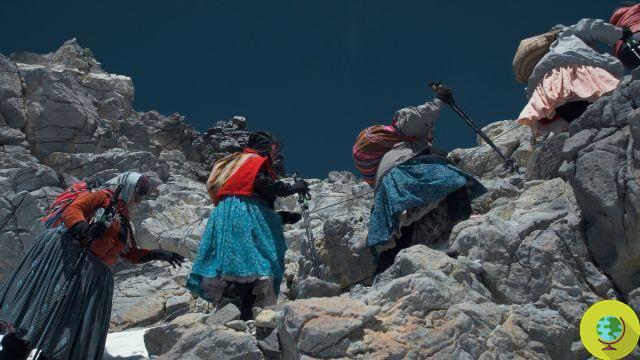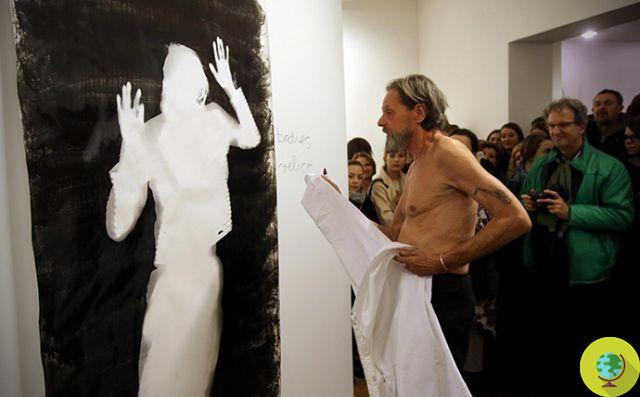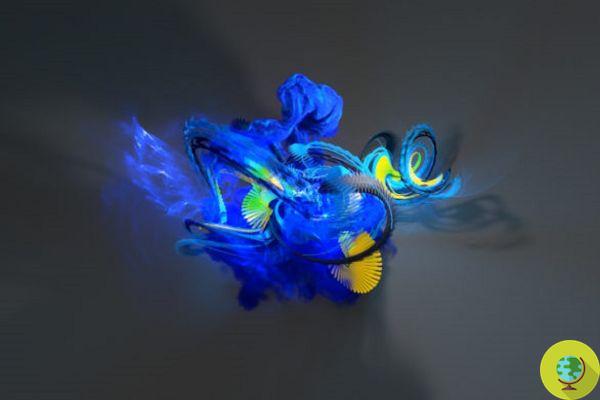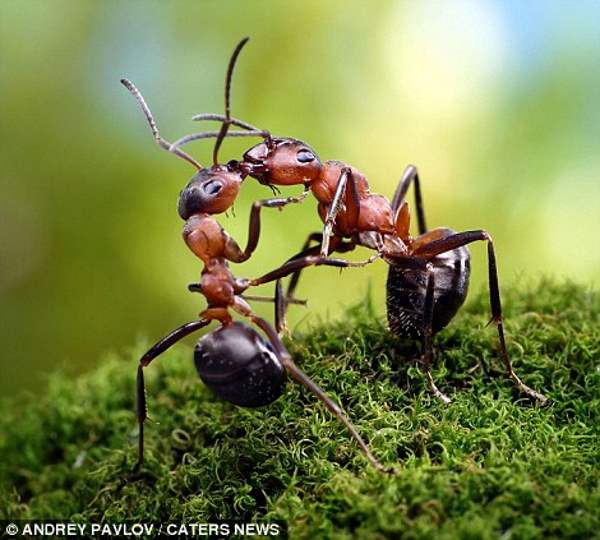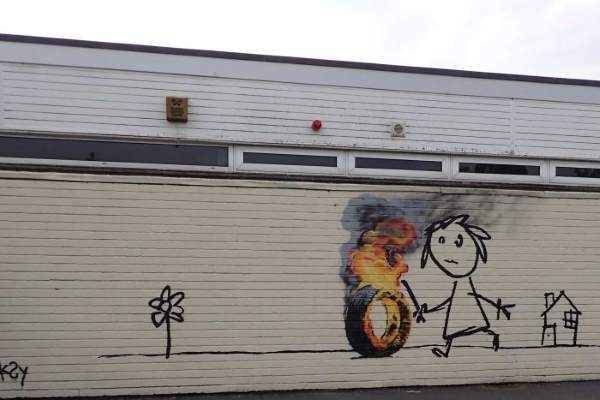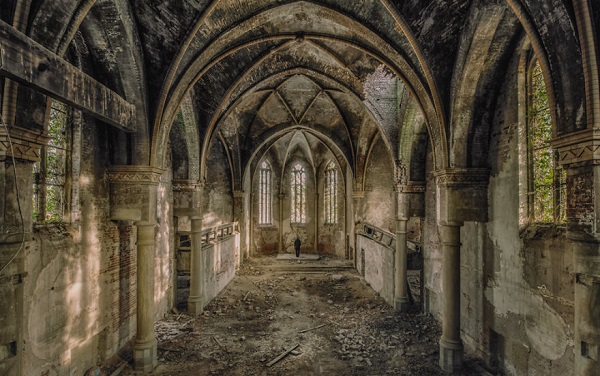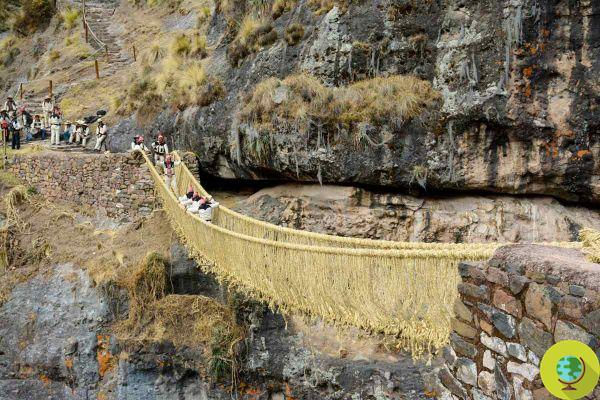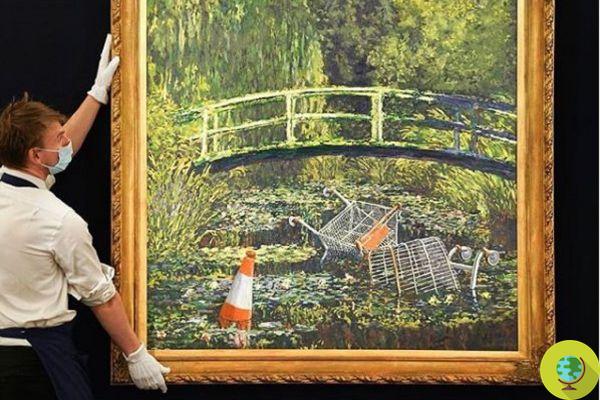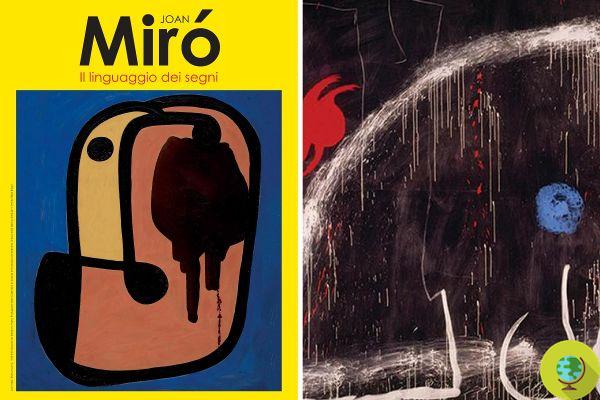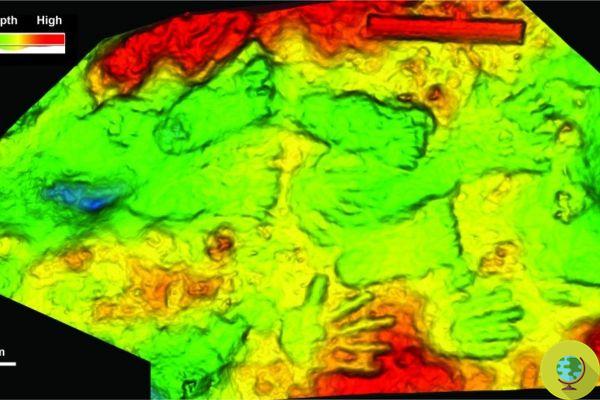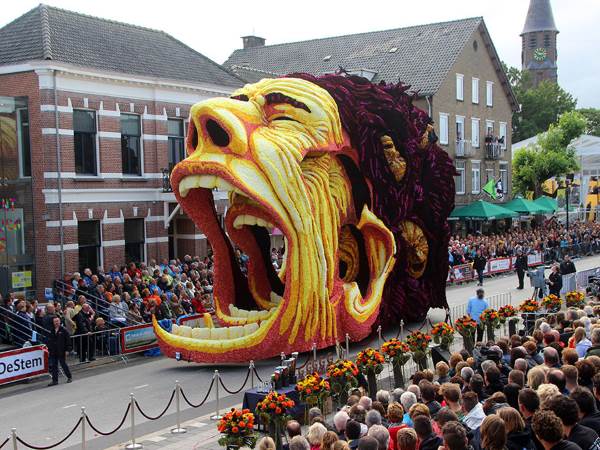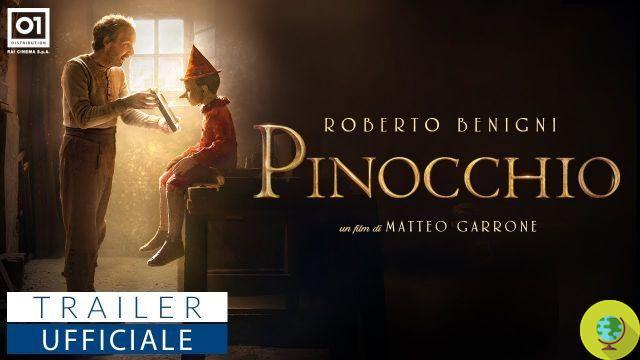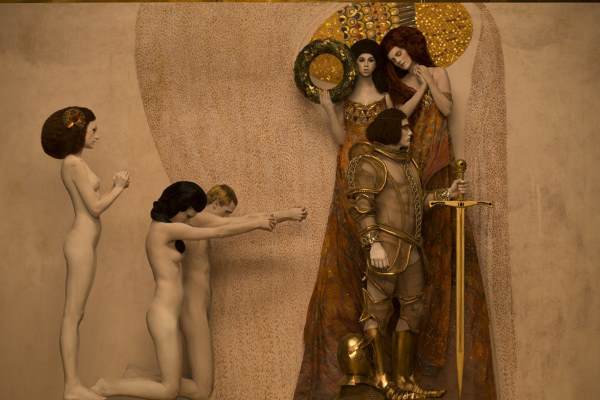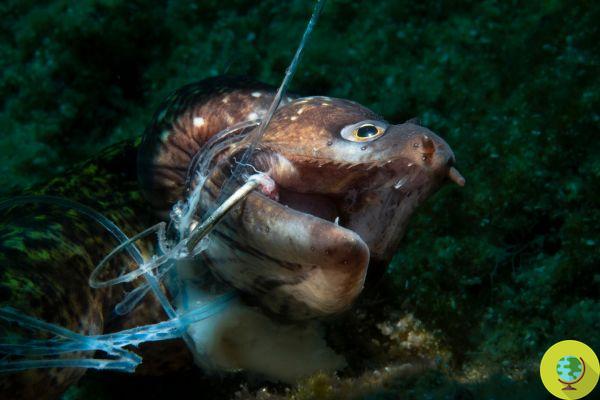Inca, from the DNA of living descendants information on their origins
He is about to end up run over, his mother saves himWe have the Inca family tree, or almost. A research group from Peru, Brazil and Bolivia led by the Universidad de San Martin de Porres in Lima (Peru), analyzed the DNA of the descendants of the Incas, which could shed light on the mystery surrounding their ancient empire.
The Inca people arrived in the Cusco Valley and in a few centuries built the Tawantinsuyu, the largest empire in the Americas, at the height of 6000 years of Andean civilization (today Peru, Bolivia, Ecuador, as well as southern Colombia and Argentina and northern Chile).
Although we have a lot of evidence of their society and are rich in archaeological finds, in reality their pre-Columbian history is very evanescent. There is more talk of legends and mythology, as there are no writing systems prior to the arrival of the Europeans.
Nor can we trace the genetic information from their mummies and body remains because the mummified dead, revered as gods, were burned and buried in unknown places, under the pressure of persecution by the Christian Conquistadors and Inquisitors.
What to do then? "For now, only the genetic analysis of modern families of Inca descent could provide some clues to their ancestors," explains Jose Sandoval, first author of the work, a geneticist at the University of San Martin de Porres in Lima, Peru.
The research team studied in particular the ancient documents of twelve noble Inca families, belonging to the period of the European conquests, and verified how most of them still live in the cities of San Sebastian and San Jeronimo, in the Cusco Valley. He then conducted a sophisticated genetic analysis, comparing it with a database of 2400 indigenous individuals from Peru, Bolivia, Ecuador and Brazil.
“The results show two founding individuals who lived between 1000 and 1500 AD, a period between the decline of the former contemporary empires of Tiwanaku (south) and Wari (north) and the rise of the Inca empire a few centuries later "explains Fabricio Santos, geneticist at the Federal University of Minas Gerais in Belo Horizonte (Brazil) .
Not only. Researchers have also shown that in these contemporary families of Inca nobility there has been a continuity since pre-Columbian times and there has not been much "mixing".
"This probably reflects the political alliances organized by marriages between the nobility of Cusco and the daughters of the lords of kingdoms and domains across the empire," explains Sandoval.
What is even more surprising is the correspondence between the findings and the legends of the Incas. In fact, in addition to San Sebastian and San Jeronimo, most of the places where genetic correspondence has been found is south of Cusco, between the basin of Lake Titicaca and the nearby Paccarictambo, just as the two fundamental myths of the Incas tell. How DNA explains the legend.
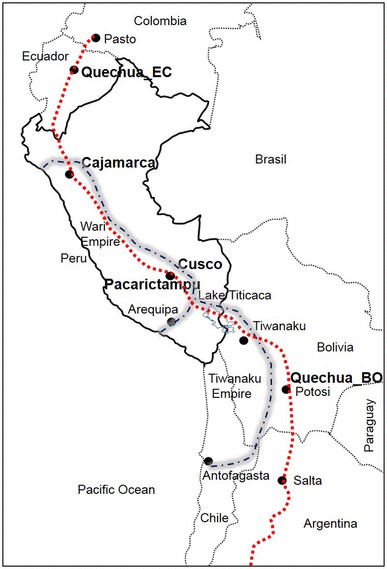 Foto: Molecular Genetics and Genomics
Foto: Molecular Genetics and Genomics
We will know more about the history of one of the major pre-Columbian civilizations, unfortunately destroyed by the Europeans?
The work was funded with funds from the Genographic Project (Geno 2.0) and published in Molecular Genetics and Genomics.
For more information on the Inca population read also:
- Amaranth, the treasure of the Incas against GMOs Monsanto
- Amaranth: the "cereal" of the Incas and Aztecs
Roberta de carolis
Copertina photo: University of San Martin de Porres




